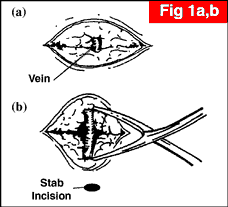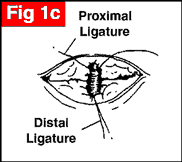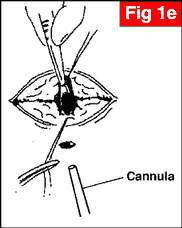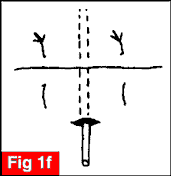REPRODUCTIVE HEALTH
By ALICE PARK
Long-acting contraceptives like IUDs and implants, which eliminate the potential for human error, are far more effective than more commonly used methods like the Pill, patch and vaginal ring.

Long-lasting contraceptives such as the intrauterine device (IUD) and implants are better at preventing pregnancy than more popular birth control methods, including the pill, patch and vaginal rings, a new study concludes.
The study involved 7,486 women participating in the Contraceptive Choice Project, run by researchers at Washington University School of Medicine in St. Louis. The women, aged 14 to 45, were given their choice of contraception for free and then tracked for up to three years for unintended pregnancy. The results, published in the New England Journal of Medicine, found that longer-lasting contraceptives were up to 20 times more effective — that is, women using IUDs, implants or hormone injections were up to 20 times less likely to get pregnant — after three years than the shorter-acting methods of birth control.
Among the 1,500 women who chose to use birth control pills, patches or vaginal rings, 4.8% became pregnant after one year, compared with only 0.3% of the nearly 5,800 women who chose IUDs or implantable contraceptives. After three years, 9.4% of women using short-acting contraceptives got pregnant, compared with 0.9% of those using longer-acting methods.
Women using hormone injections (a minority at 176) had even better success, with 0.1% becoming pregnant after one year and 0.7% becoming pregnant after three years.
The results, while striking, aren’t all that surprising, considering that shorter term options depend on consistent compliance to work most effectively: pills must be take daily and patches and rings must be replaced within days or weeks.
In contrast, IUDs, which are fitted into the uterus, last five or 10 years, depending on the device. Hormonal implants, which are surgically placed under the skin of the upper arm, are effective for three years. And injections last three months.
How well a birth-control method worked depended also on the age of the user: younger women, under 21, using pills, patches or vaginal rings were nearly twice as likely to become pregnant as older women who used the same contraceptives. Why? Because they were more likely to forget to take their pills or to change their patch or ring. There were no age-related differences in pregnancy rates among women using IUDs, implants or injections.
Overall, poorer women with less education were also more likely to experience contraceptive failures.
The researchers hope their results will prompt more women to consider using long-acting contraceptives to prevent unwanted pregnancy. Each year in the U.S., there are an estimated 3 million unplanned pregnancies, about 1.2 million of which lead to abortion, according to the study. About half of unintended pregnancies occur because of because of incorrect or inconsistent use of contraception, including condoms and birth-control pills.
Still, the pill is the most commonly used contraceptive in the U.S. That may be because women don’t hear about long-acting methods as often as other contraceptives, or because women are more comfortable taking a pill or using a patch than having a device implanted in their body. Another factor: cost. IUDs and implants are expensive and aren’t typically covered by insurance.
“Nationally, only about 5 percent are using long-lasting methods like IUDs and implants. We know one of the barriers to why they’re not using them more frequently is up-front costs,” the study’s lead author, Dr. Brooke Winner of Washington University School of Medicine, told Reuters. “If [more] women were using these products nationally, there would be a very significant drop in unintended pregnancies, which would have far-reaching effects.”
While longer-lasting contraceptives can be more expensive up front, they may turn out to cost about the same as the pill when the expense is broken down by day, the researchers noted. IUDs and implants can be removed when women wish to become pregnant, and fertility typically returns immediately.
The researchers hope their study will also encourage doctors to consider IUDs and implants when discussing birth control with their patients. “If there were a drug for cancer, heart disease or diabetes that was 20 times more effective we would recommend it first,” another study author, Dr. Jeffrey Peipert, a professor of obstetrics and gynecology at Washington University, told the Wall Street Journal.
Alice Park is a writer at TIME. Find her on Twitter at @aliceparkny. You can also continue the discussion on TIME’s Facebook page and on Twitter at @TIME.
Read other related stories about this:
- Long-Term Contraception More Effective than Pills Reuters
- Long-Lasting Birth Control Cuts Pregnancy Rate The Wall Street Journal
- Long-Acting Contraceptives Are Best at Preventing Pregnancy The Los Angeles Times






